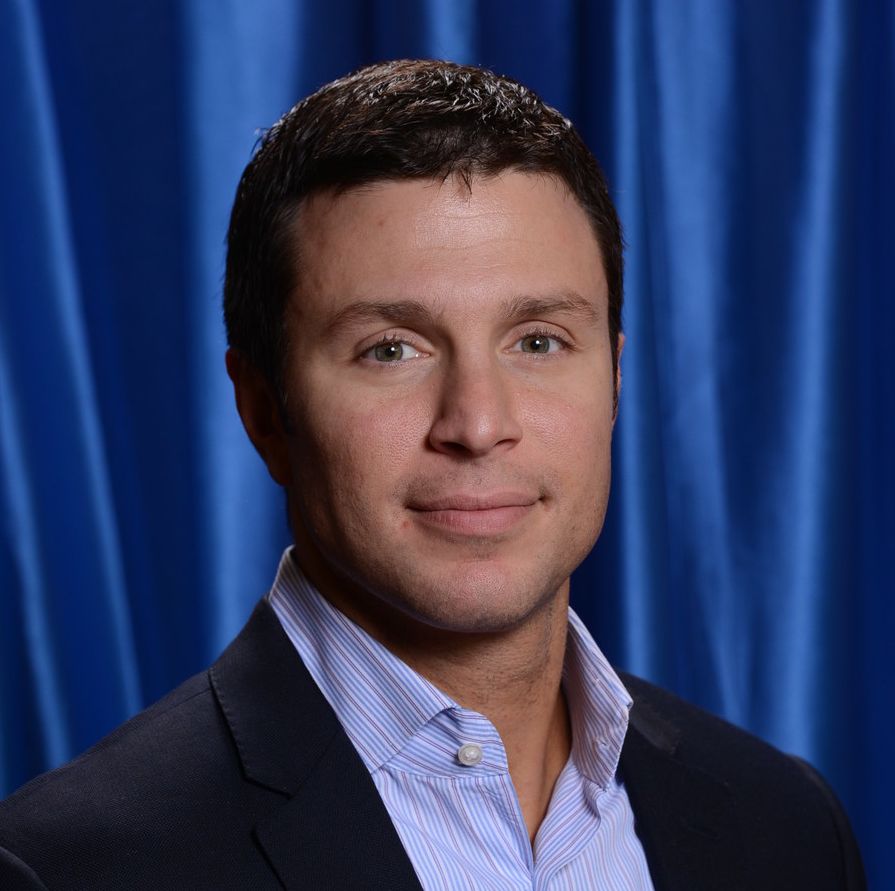Abeona Updates Progress on 3 Leading Gene Therapies
Michael Amoroso

Abeona Therapeutics summarized highlights from 2020 with key items from the first quarter of 2021 along with a look ahead to future milestones, in the company's 2020 financial report. By the end of 2021, Abeona is anticipating to complete enrollment in its phase 3 VIITAL study that is exploring EB-101 for recessive dystrophic epidermolysis bullosa (RDEB). The company is also anticipating additional findings for ABO-102 and ABO-101.
“In 2020, Abeona advanced our 3 clinical programs toward bringing urgently needed treatments to patients with RDEB and Sanfilippo syndrome type A (MPS IIIA) and type B (MPS IIIB), despite the macro disruptions that impacted the world,” Michael Amoroso, chief executive officer (CEO) of Abeona, said in a statement. Amoroso was promoted to CEO of the company on March 22, 2021.
In the announcement, Abeona noted that a fourth patient had received treatment with EB-101 in the VIITAL study and that it had successfully completed Type B meetings with the FDA, to ease the path toward a future biologic license application (BLA). The VIITAL study was initiated in January 2020 and paused in March due to COVID-19. The study was restarted in July 2020. By the end of 2021, the company hopes to have 10 to 15 participants enrolled.
“We remain laser focused on executing our strategy and achieving upcoming milestones," Amoroso said. "Our recent momentum is highlighted by a successful Type B meeting with the FDA, where we aligned on co-primary end points for the pivotal phase 3 VIITAL study of EB-101 in RDEB, treatment of the fourth patient in the VIITAL study, and reporting new positive clinical data for both ABO-102 in MPS IIIA and ABO-101 in MPS IIIB at the WORLDSymposium."
Based on clinical findings for ABO-102 presented at WORLDSymposium, Abeona submitted a request, which was accepted, to meet with the FDA for a potential path toward a BLA for the agent in children with mucopolysaccharidosis IIIA (MPS-IIIA). Data presented at WORLDSymposium were from 18 patients across 3 cohorts treated with the ABO-102: cohort 1 (ABO-102 at 5x1012 vg/kg [n = 3]), cohort 2 (1x1013 vg/kg [n = 3]), and a high-dose cohort 3 (3x1013 vg/kg [n = 12]). At the time of data presentation, all patients from cohorts 1 and 2, and 8 patients from cohort 3 had completed the set 24-month follow-up period.
IV administration of ABO-102 was well tolerated among observed patients, with no serious drug-related adverse events. The high-dose cohort 3 was associated with outcomes showing rapid, dose-dependent, and statistically significant reductions of cerebrospinal fluid heparan sulfate (HS) at all observed time points, including 24 months.
Statistically significant reductions for systemic biomarkers, including plasma and urine HS and total urine glycosaminoglycans, were also reported from cohort 3. Additionally, continuous gain of cognitive skills during the 18- to 36-month follow-up period were also noted.
In the Transpher B study, also presented at WORLDSymposium, ABO-101 showed promising activity in children with mucopolysachharidosis IIIB (MPS-IIB). In the Transpher B study, 19 patients were screened and 12 have since been enrolled in 3 cohorts, including 2 pairs of siblings. At the time of data presentation, investigators shared outcomes for 2 patients in cohort 1, 5 patients in cohort 2, and 4 patients in cohort 3.
IV administration of ABO-101 was well-tolerated, with no patients reporting infusion-related adverse events and 1 serious treatment-related adverse event (prolonged hospitalization to monitor vomiting and fever post-treatment).
ABO-101 normalized patient plasma enzyme activity by day 7, remaining at normal limits for up to 3 months in cohort 1, and 6 months in cohort 2 and 3. It also induced rapid CFS HS reduction in as early as 30 days, with sustained benefit up to 24 months in the only patient to reach that timepoint in cohort 1.
"We look forward to continuing to propel our clinical programs forward and bringing our gene and cell therapies to patients who currently have no approved treatment options," Amoroso said. "We believe we have sufficient cash resources to build on our momentum and fund our current development and operating plan through the achievement of key anticipated milestones, including the potential for multiple regulatory submissions.”
In addition to these clinical findings, the company noted ongoing preclinical research into AAV capsids across 6 undisclosed ophthalmic disorders. The company plans to submit investigational new drug applications for these agents in 2022.